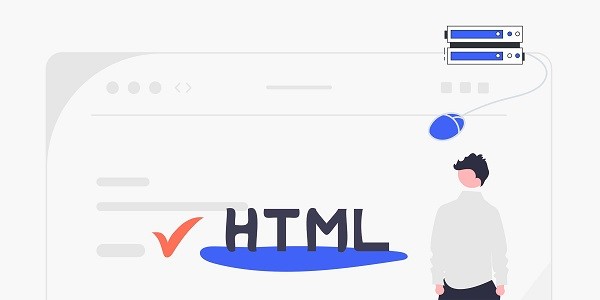PT Scraping Tool is a tool that focuses on large-scale data collection. It helps users bypass the platform's anti-crawling mechanism by simulating real user behavior, dynamically switching request headers, rotating proxy IPs, and other functions. Whether it is e-commerce price monitoring, social media content aggregation, or public data crawling, the tool can reduce the risk of IP blocking through technical means. As its core infrastructure, proxy IP provides an "invisible shield" for data crawling through distributed IP pools and geographic location camouflage.IP2world's proxy services (such as dynamic residential proxies and exclusive data center proxies) have become a key aid for PT Scraping Tool users to fight against anti-scraping systems due to their high anonymity and stability. Can PT Scraping Tool cope with complex anti-scraping mechanisms?From basic verification code recognition to dynamic JavaScript rendering, PT Scraping Tool's functional design directly hits the mainstream anti-scraping pain points. Its request frequency control module can simulate human operation intervals to avoid triggering platform thresholds; and the Header random generation technology can disguise different device and browser features to reduce the risk of fingerprint tracking.However, the effectiveness of the tool is highly dependent on the quality of the proxy IP. For example, platforms often block crawlers through IP request density analysis - if a single IP initiates too many requests in a short period of time, even if the tool itself has camouflage capabilities, it may still be identified as abnormal traffic. Dynamic residential proxies can effectively disperse request pressure by frequently changing real home IPs, while static ISP proxies are suitable for scenarios that require long-term stable connections (such as continuous monitoring of competitor data). Why is proxy IP the key to successful data collection?The core logic of the anti-crawling system is to identify "non-human behavior patterns", and IP is the primary detection dimension. Ordinary proxies are prone to failure due to problems such as IP blacklists and protocol feature exposure, while highly anonymous proxies can completely hide crawler traces. Taking IP2world's exclusive data center proxy as an example, it uses a pure IP pool and customized protocols to bypass the detection of advanced protection systems such as Cloudflare.In addition, the accuracy of geographic location directly affects the value of data collection. For example, capturing localized e-commerce prices requires matching the residential IP of the target area, and IP2world's dynamic proxy covers 195 countries/cities, supports on-demand positioning, and ensures the market relevance of the collected data. How to choose the best proxy plan for PT Scraping Tool?The adaptability of the proxy solution needs to be evaluated from three levels:Anonymity level: Transparent proxies will pass on the user's real IP, while highly anonymous proxies (such as IP2world's S5 protocol proxy) completely hide crawler features;IP type: Dynamic IP is suitable for high-frequency request scenarios, while static IP is suitable for tasks that require maintaining session continuity;Protocol compatibility : PT Scraping Tool supports protocols such as HTTP(S)/Socks5. Choosing a multi-protocol vendor can avoid tool configuration conflicts.It is worth noting that the success rate of proxy services is as important as the response speed. IP2world uses intelligent routing optimization to control the average request delay within 800ms, and provides a real-time IP availability monitoring interface, so that users can dynamically adjust the collection strategy. How does IP2world enable PT Scraping Tool to achieve its ultimate performance?In the field of data collection, IP2world builds barriers with three major technical advantages:Dynamic residential proxy pool: Based on real home broadband IP, more than 10 million IP resources are updated daily, supporting precise screening by country, city and even ASN to match the geographic positioning needs of PT Scraping Tool;Unlimited server solution: breaks the bandwidth and traffic restrictions of traditional proxies, supports 24/7 continuous crawling, and is especially suitable for large-scale data warehouse construction;Exclusive data center proxy: Provides dedicated IP and independent export bandwidth for high-value businesses to avoid performance fluctuations caused by shared resources.Taking the advertising monitoring scenario as an example, users can bind a fixed IP through IP2world's static ISP proxy, and cooperate with PT Scraping Tool to periodically crawl advertising platform data, which can not only maintain IP credibility but also ensure zero interruption of collection tasks. ConclusionBehind efficient data collection is the deep collaboration between tool capabilities and infrastructure. As a professional proxy IP service provider, IP2world provides a variety of high-quality proxy IP products, including unlimited servers, static ISP proxies, exclusive data center proxies, S5 proxies and dynamic residential proxies, suitable for a variety of application scenarios. If you are looking for a reliable proxy IP service, please visit the IP2world official website for more details.
2025-05-06









